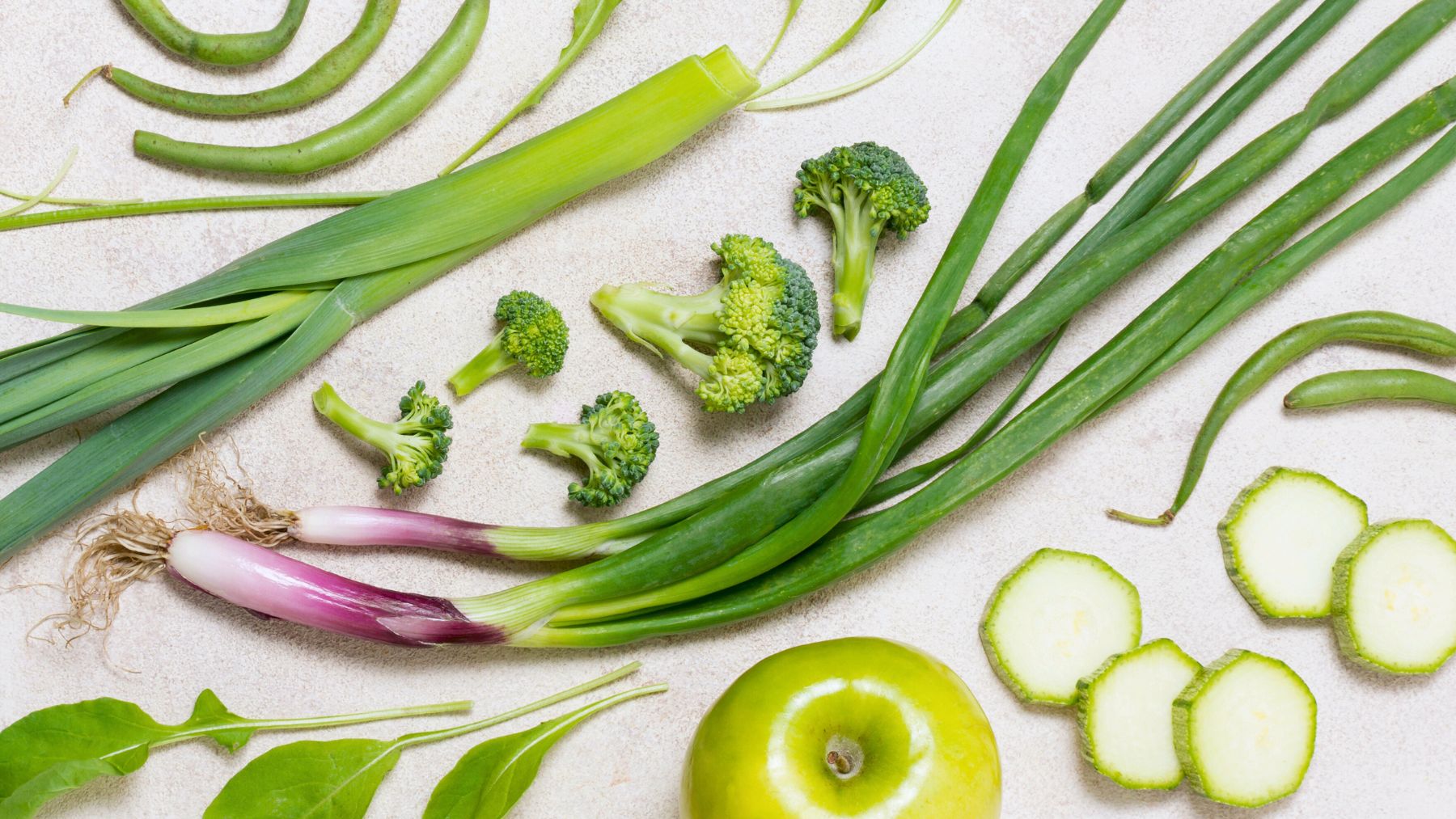Potatoes and kale often fill the lists of produce with pesticide concerns, but there’s one vegetable that tops them both. According to recent data, another leafy green has taken the lead.
Spinach now ranks first on the Environmental Working Group’s (EWG) “Dirty Dozen” list, which highlights the fruits and vegetables with the highest pesticide residues in the U.S. Here, we’ll explain what that means, what pesticides are showing up in spinach, and which other items made the list this year.
Spinach has the highest pesticide load in the country
Spinach might be packed with vitamins like A, C, and K, but it also carries more pesticide residues by weight than any other tested produce. Based on analysis by the U.S. Department of Agriculture (USDA), EWG’s updated ranking puts spinach at the top of the list for 2025.
In tests of 642 conventional spinach samples, researchers detected an average of seven pesticides per sample, some with up to 19 different chemicals.
Roughly 76% of the samples contained permethrin, a neurotoxic insecticide banned for use on food in Europe but still legal in the U.S. At high doses, this pesticide can cause tremors and seizures. But even at lower levels, studies have linked it to neurological issues in children, including higher rates of ADHD.
Beyond permethrin, several fungicides were found on spinach samples in relatively high concentrations. These include mandipropamid, fluopicolide, and ametoctradin, chemicals used to control mold and mildew, but with limited research on their long-term effects in humans.
Also troubling is that DDT breakdown products showed up in 40% of spinach samples. While it was banned decades ago, its remnants remain in the soil and continue to make their way into some produce. Though the concentrations were lower than other chemicals, DDT is highly toxic and persistent.
EWG notes that most pesticides found on spinach are still considered legal by the Environmental Protection Agency. But legal doesn’t always mean harmless, especially when chemicals are combined.
Other vegetables and fruits high in pesticides in the U.S.
Spinach isn’t the only produce that raises concern. EWG’s “Dirty Dozen” list includes several fruits and vegetables that show high levels of pesticide contamination. If you’re trying to limit exposure, these are the foods to be aware of:
- Strawberries: These regularly test high for multiple pesticide residues, even after washing.
- Kale, collard greens, and mustard greens: Like spinach, these leafy greens absorb chemicals easily, with over 100 individual pesticides found across these items.
- Grapes: Often contain residues from several different pesticides, including ones linked to hormone disruption.
- Peaches and nectarines: Soft skins make them more susceptible to pesticide absorption, with some samples showing up to 19 different pesticides.
- Cherries: Frequently found with residues of multiple pesticides, though fewer than some other Dirty Dozen items.
- Apples and pears: They’re often treated with storage chemicals that remain on the skin.
- Blueberries and blackberries: These small berries can carry a surprisingly high pesticide load.
- Potatoes: Still on the Dirty Dozen list but rank lower than spinach and some fruits and greens in terms of pesticide residue quantity.
The EWG’s guide isn’t meant to discourage people from eating fruits and vegetables. Instead, it helps consumers make informed choices, especially when shopping for produce that’s not organic. If budget allows, buying organic versions of high-residue items can help reduce your pesticide intake.
